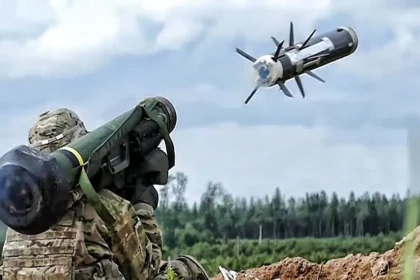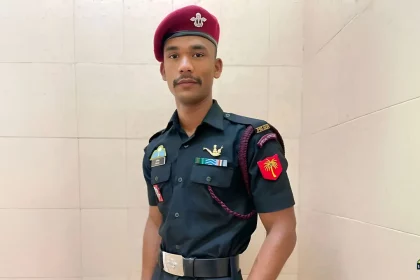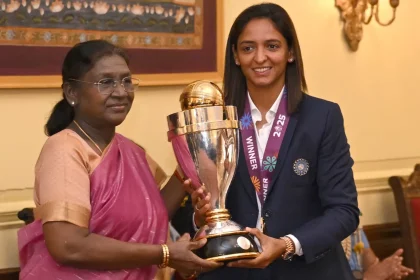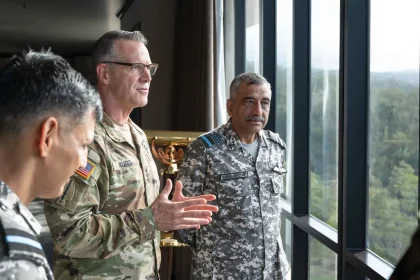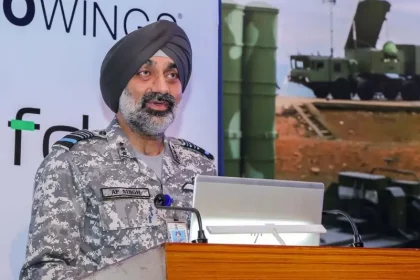India’s Indigenous MPATGM Set to Strengthen Army’s Anti-Tank Capabilities by 2026
Developed by DRDO and built by BDL, the MPATGM will replace legacy foreign missiles, offering fire-and-forget precision, top-attack capability, and…
India Lost Baljeet Singh Chauhan from 13 Para Special Forces
Nationally, his story adds to the tapestry of India's military heroes, reminding citizens of the ongoing commitment required to safeguard…
President Droupadi Murmu Felicitates Indian Women’s Cricket Team, Winners of ICC Women’s Cricket World Cup 2025
President praises team’s unity, resilience, and role in inspiring the next generation.
U.S. and India Strengthen Defence Ties at 22nd Military Cooperation Group Meeting in Honolulu
In a joint statement, both sides reiterated their resolve to advance operational collaboration, foster innovation in defence production, and promote…
IAF Chief Calls for Faster Defence Self-Reliance Through Private Sector Partnerships
ACM AP Singh emphasizes mission-mode self-reliance, deeper private sector integration, and faster innovation to cut India’s defence import dependence and…
Indian Navy to Commission ‘Ikshak’, Boosting Indigenous Hydrographic Survey Capabilities
Built with over 80% indigenous content, SVL Ikshak will enhance India’s hydrographic survey capabilities under the Southern Naval Command, reinforcing…

